hiking in the desert is quite an experience. it is even more of an experience in the summer.
believe it or not, I love hiking in the desert — at any time of year.
and this is quite a statement coming from a man who has spent years hiking in the northwest, which arguably has some of the most classic, most beautiful hiking in the continental united states.
near Seattle and its environs the hiking more often than not involves trails which wind through and up the densely wooded terrain of the Pacific Northwest. these trails are often covered with pine needles. tree boughs are overhead much of the time. moss hangs from the limbs of trees whose trunks are so substantial that you cannot put your arms around them. ferns dot the landscape. there is a reason Washington State is called the Evergreen State — everything is green!
whereas the desert hiking experience is entirely different. rather than lushness of flora and fauna, you have stark, dry conditions. the color is anything but green. the color is sandy, and yet you are nowhere near the sea. mountains surround you but they do not have trees on them. they have rocks. since there is so little water that falls in the desert, there are no trees, no greenery.
having said that there are two exceptions to this in the desert. one, the San Andreas Fault has greenery along its length. in addition there is an occasional oasis of California Fan Palm trees in Indian Canyons on the Cahuilla Indian Reservation.
contrary to what you might think, I am always struck by how much plant life (over 1,000 native plant species) exists in the desert. when you get up close and personal there is alot of flora and fauna. it is amazing what can survive in the unbelievable, brutal conditions that the desert presents.
my favorite of all the plant life is the cactus family. cacti come in so many forms. in the Sonoran desert where the Coachella Valley resides has 13 different native types of cacti. the barrel cactus, different types of cholla, beaver-tail, and hedgehog cacti, to name a few.
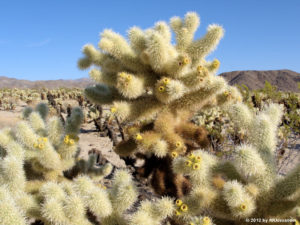
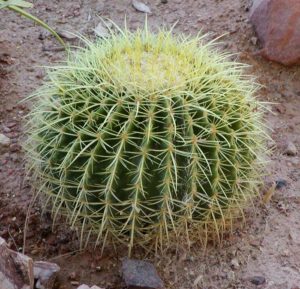
my favorite of all is the ocotillo, although technically it is not a true cactus. it is so rangy, creepy, cranky and sturdy as its stems are covered with formidable spines. no color to it whatsoever until it rains.
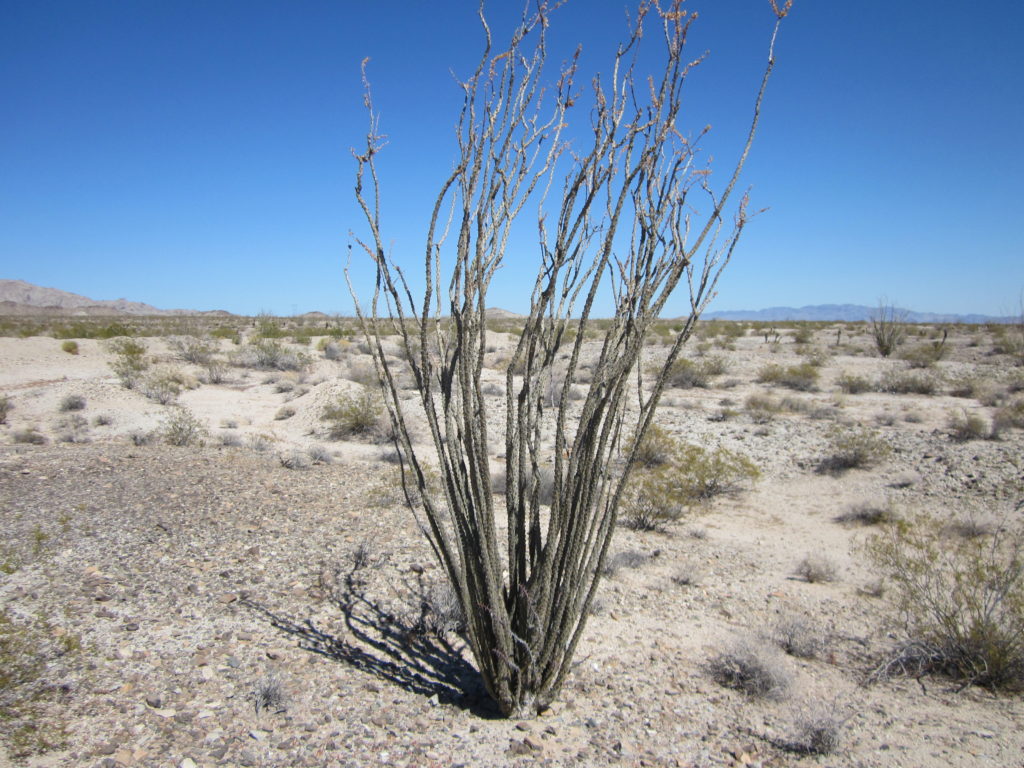
and then it produces beautiful green leaves. in addition, once a year it blooms into the most beautiful and colorful plant that seems to extend forever. its stems can grow to be 30 feet in length. one stem can have 50 blossoms on it, all in a beautiful, brilliant, bright red color.
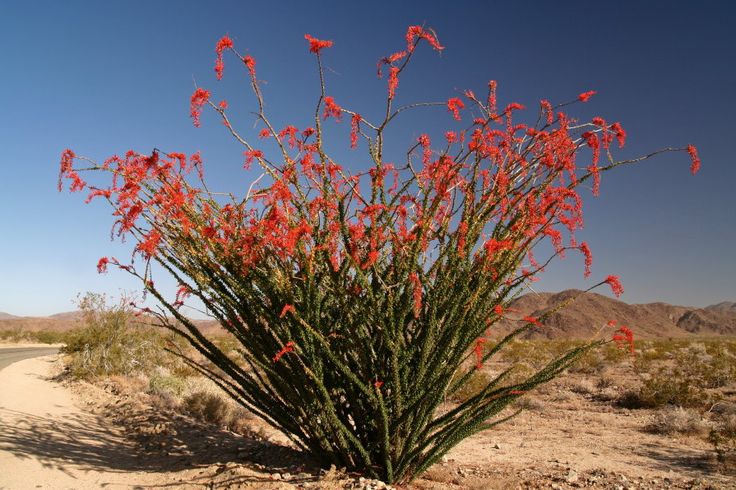
hiking in the desert in the summer is a real adventure.
first of all, more than likely you are hiking by yourself and you are not coming into contact with many other hikers. few people venture out in the heat of the summer. all the hiking guide books in the valley advise you to hike the many trails between October and April. they assume that no one is crazy enough to hike in the summer with temperatures above 110 routinely.
second, you are very aware of the elements, especially the sun and the heat that it generates. and there is no escape from the sun. no lean-tos, no cabins, no shade trees, no creek beds with running water.
third, the starkness of the landscape. there is nothing to soften the visual experience. no green patches in the distance. no snow fields at this time of year on the mountain tops. no trees anywhere. it is barren.
finally the expanse. you can see for miles in every direction. mountain ranges are to the north, the west and the south.
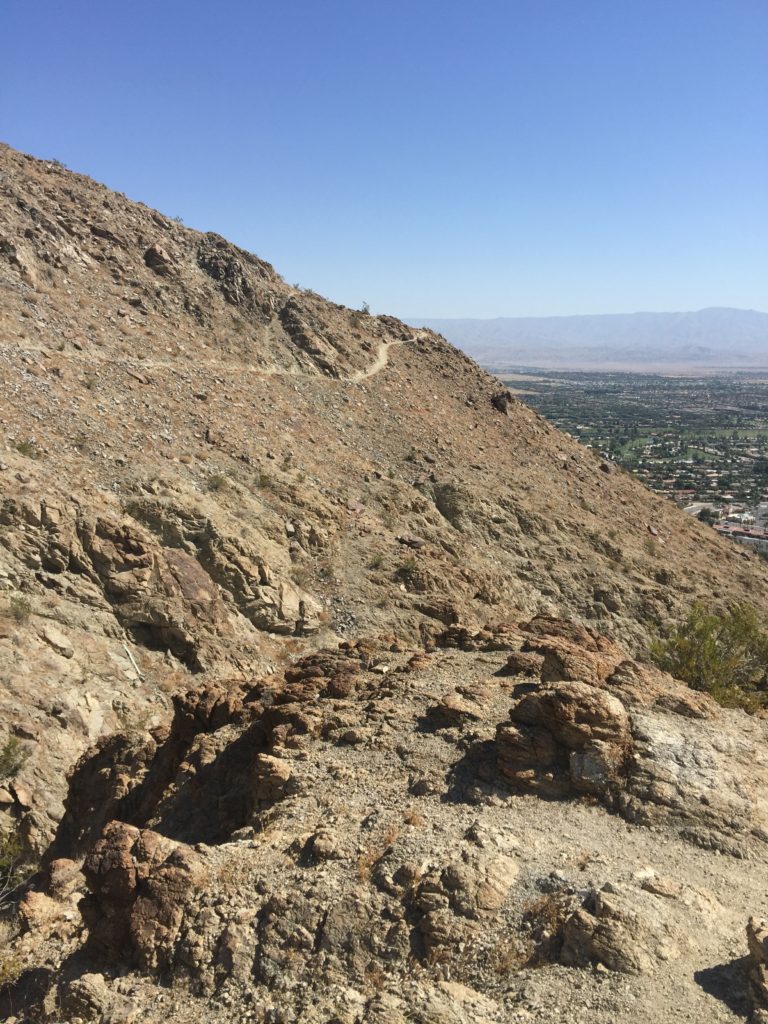
all of which adds up to an eerie experience — a little moon like, or at least what I think it might be like hiking on the moon. the starkness, the expanse, the sun and heat, and the aloneness. you feel very much alone — just you and the elements.
the only thing to break the silence and aloneness of the desert is an occasional animal.
there are not many that you come across and actually see in these sweltering conditions, yet there are many reptiles, mammals and birds that make the desert their home. what you do see are ants and lizards for sure. hawks circle above. at night the coyotes howl. an occasional rattlesnake. a very speedy roadrunner will cross your path once in awhile.
but the real eye opener is coming across a bighorn sheep. wow!!!!
I, for one, have done this several times, and I still stop cold, hold my breath, and stare in disbelief at the majesty, strength and nimbleness of this animal.
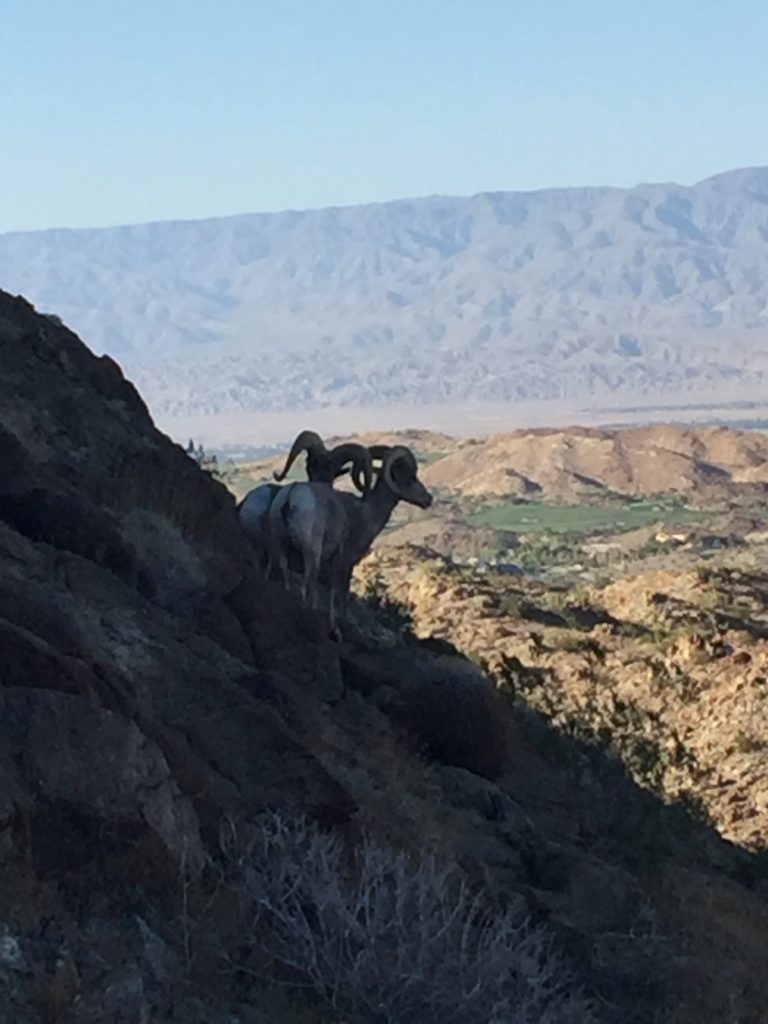
Why do desert plants have spikes? Actually its so mastadons amd other. animals couldnt eat them. That’s why they survived.
In Arizona they name power plants after cacti. I once worked on financing one up in Holbert called “Cholla 4”.
You make it look beautiful.
Wow! That bighorn is amazing! Great photos!